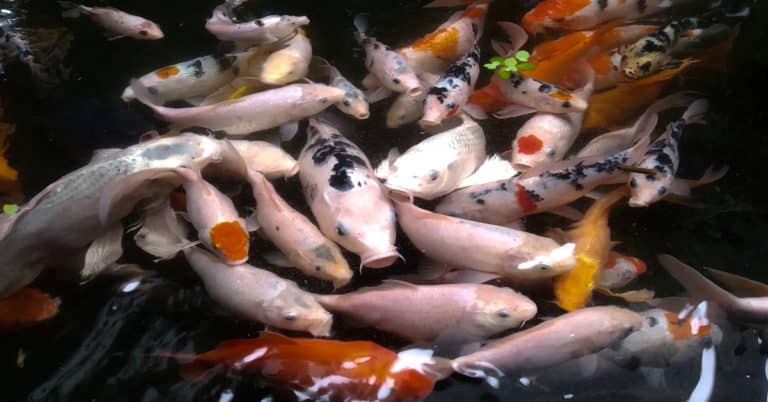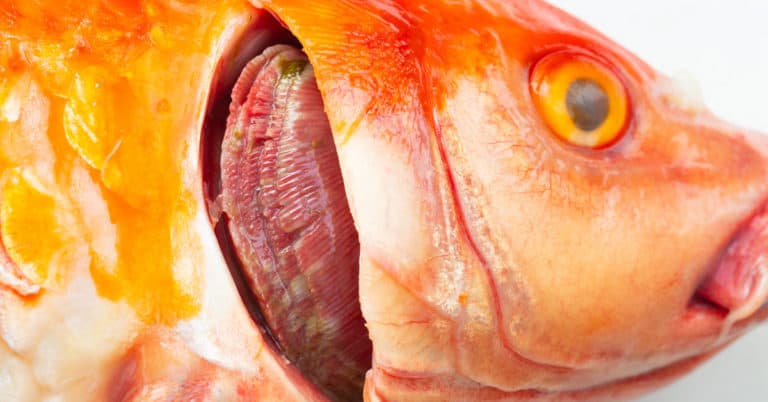Chinese Koi fish are bright and colorful forms of carp or Cyprinus rubrofuscus. These beautiful freshwater fish aren't to be confused with their drab, grey cousins, the common carp.
Steeped in history, myth, and lore, Koi carp are significant to both Japanese and Chinese art and culture. And they maintain their symbolic nature even today. Koi are the most popular freshwater fish worldwide, and you can find them everywhere, from collector's ponds to intricate tattoos to city drainage systems!
So, what is it about these beautiful fish that keep us so enchanted? To understand that, it helps to know a little bit more about them.
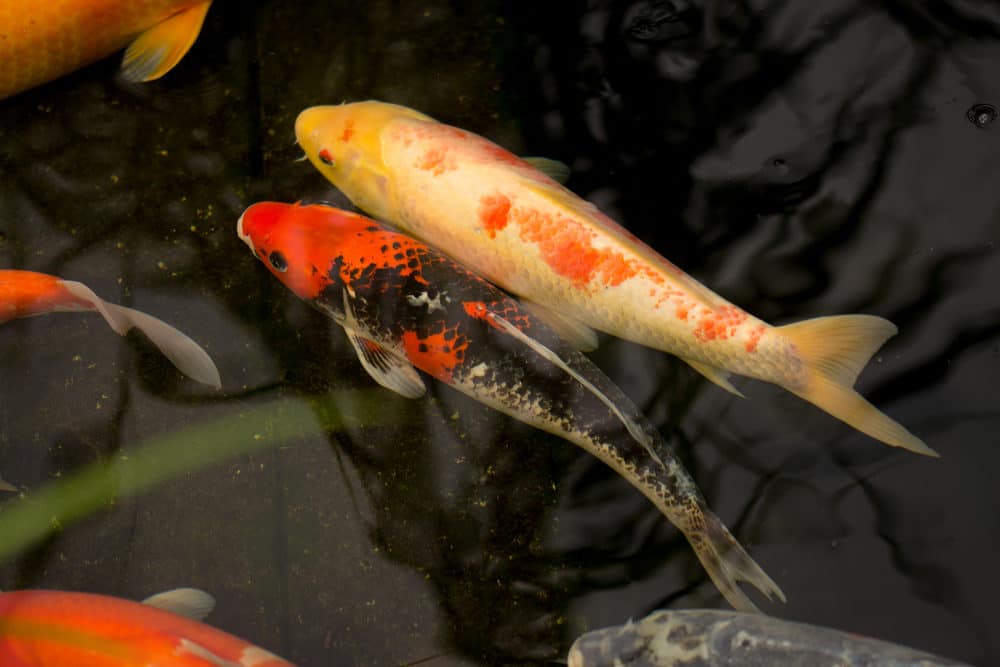
Many people incorrectly believe that the colorful Koi fish comes from Japan, and there are good reasons for that. Koi fish have become synonymous with Japanese culture in more recent centuries, but evolutionarily, we can trace the origin of Koi to ancient China and the southeastern extremities of Europe.
The Black, Caspian, and Aral seas have been home to carp for a very long time. Researchers have dated carp fossils from the region to the Miocene era; that's 20 million years ago!
So, it's safe to say that the first Koi came from China, not Japan. What happened from there is steeped in mystery and legend.
China has more than fossilized records to prove the Koi origin story; they also have some of the earliest written records of cultivating carp. It's thought that the Chinese initially raised carp or Koi for food.
These fish are hardy and adaptable. They can survive in various water temperatures and conditions, making them an easy and reliable food source for ancient Chinese farmers.
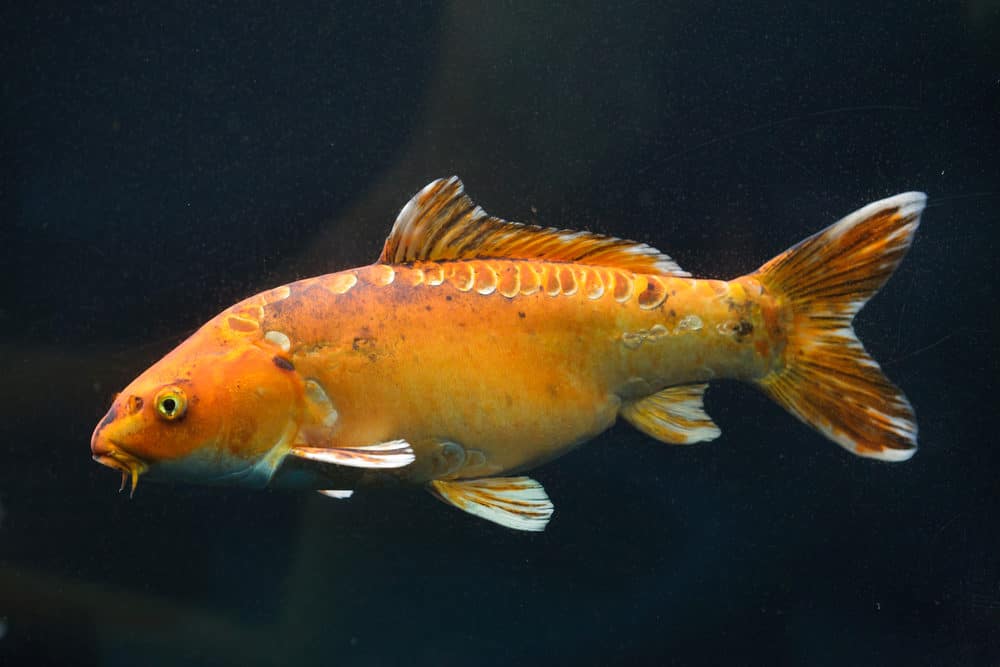
Historians believe that the Chinese introduced Koi fish to the Japanese when they invaded sometime before 200 AD. That's when we see the first written records of Koi in Japan, where, supposedly, a Japanese Emperor was cultivating them.
At the time, Koi didn't have the jewel-toned colors they're famous for today. However, there may have been pops of gold or red that appeared here and there thanks to genetic anomalies.
Because gold and yellow often represent wealth and prestige in both cultures, there are many stories of emperors and other royalty separating and breeding koi fish that bore gold markings. That may have been the beginning of the bright color schemes we see today.
In more recent history, in the Yamakoshi region of Japan, farmers were cultivating carp as a winter food source in ponds outside their homes. An extended drought and famine from 1781- 1788 led farmers to rely more heavily on their carp for food, reducing the genetic pool.
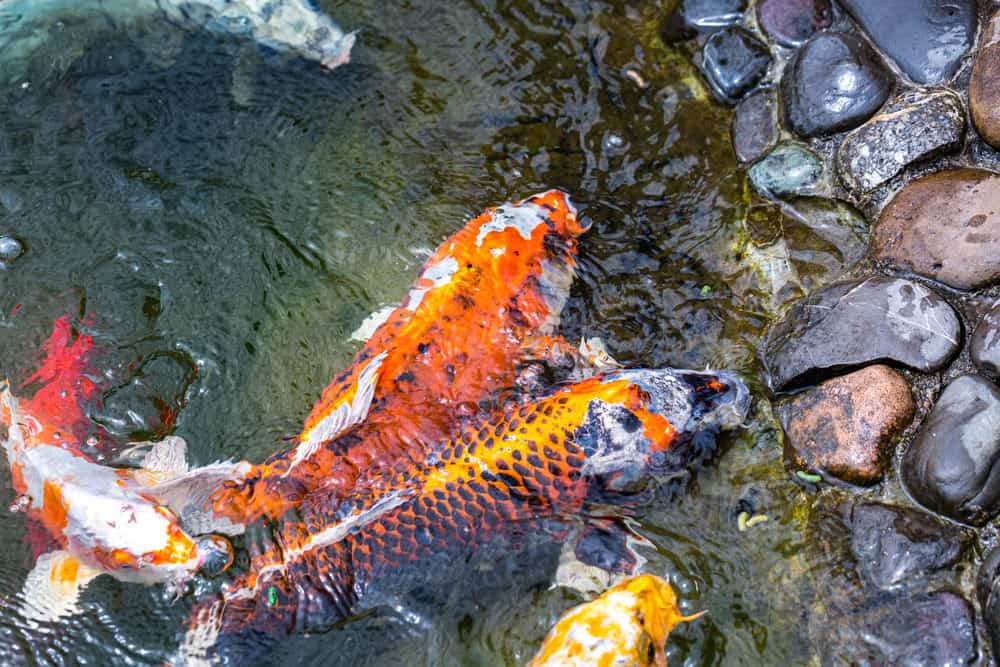
It would seem that the fish they left alive to reproduce were more likely to have colored patches. And so, kawarigori, or "changed carp," were born. These Japanese koi fish weren't just red or gold like some of their more prestigious ancestors. Instead, they often bore bright spotted patterns. Other times, they were bright blue or a sleek, shiny black.
Enchanted by the colors and patterns, farmers began to breed Koi for their good looks rather than as a food source. Thanks to expanded air travel, and better packaging technology, later koi breeders were able to export their fish around the world beginning in 1963.
Separating fact from fiction when it comes to koi fish is no easy feat. These fish are steeped in mythology and lore, making them a staple in both Chinese and Japanese culture.
Below, we discuss the most common koi fish myths. We also talk about their cultural symbolism and what these beautiful fish mean to modern humans.
As the waterfall legend goes, a school of golden Koi once swam up the Yellow River in China. As they pushed against the river's current, they grew bigger and stronger until they reached a waterfall.
At that point, many of the golden fish gave up and allowed the Yellow River to wash them back downstream. But a few of the most determined fish remained, refusing to be stopped. Instead, they tried to jump up and over the waterfall.
This gained them the attention of a few demons nearby who laughed at the golden Koi for trying something so foolish. To prove that the fish would never jump the falls, the demons raised the waterfall's height, but the fish refused to be dissuaded; they kept trying.
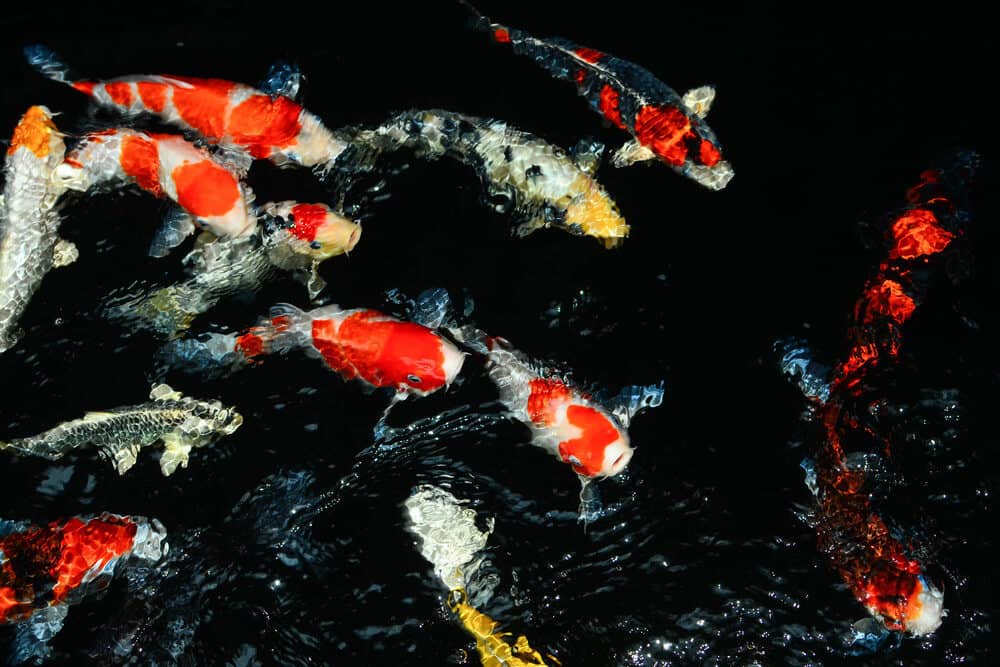
The legend says it took one hundred years before one golden Koi grew strong enough to jump up and over the waterfall. When it did, it won the recognition of the gods. Seeing how the fish persevered for such a long time, they rewarded it by turning it into a golden dragon.
You can find versions of the waterfall legend in both Japan and China, but the essence of the story remains, regardless of which culture tells it. Because of the legend, Koi fish often represent power, strength, and perseverance. They also represent the idea of destiny fulfillment.
According to Chinese legend, all Koi came from one prestigious fish. King Shoko Ro gifted a black carp to Confucius in 533 B.C. to commemorate the birth of his son. From there, Confucius supposedly began breeding carp so that the one black fish gave rise to all the Koi in China.
Confucius's carp probably wasn't the sole origin of Koi fish, but the legend does illustrate Koi's importance to Chinese culture. Confucian ideas influenced China for centuries, so to attribute the origin of Koi to the great teacher tells you how much value they attribute to this fish.
In Japanese lore, koi fish are symbolic of samurai. Just like samurai warriors, koi fish persevere, traveling upstream and against the river's current.
It's also said that koi fish face death just as bravely as the Japanese warriors once did. They lie still and accept the sword with courage, rather than flopping around like lesser fish.

It's common to see the lotus flower and Koi represented together in works of art, such as a koi fish painting. It's also common to see them together in real life.
Koi are opportunistic omnivores, and they'll eat most plants that grow in ponds. The exception is the lotus, which they leave alone. So, it's common to see Koi and lotus cultivated in the same space.
Koi and lotus also make for compelling artwork. Koi represents perseverance and strength, while the lotus represents beauty that comes from struggle, just like a lotus grows out of muddy pond water.
Together, they represent the beauty that comes from overcoming hard circumstances, and their pairing remains popular in paintings, sculptures, and tattoo artwork.
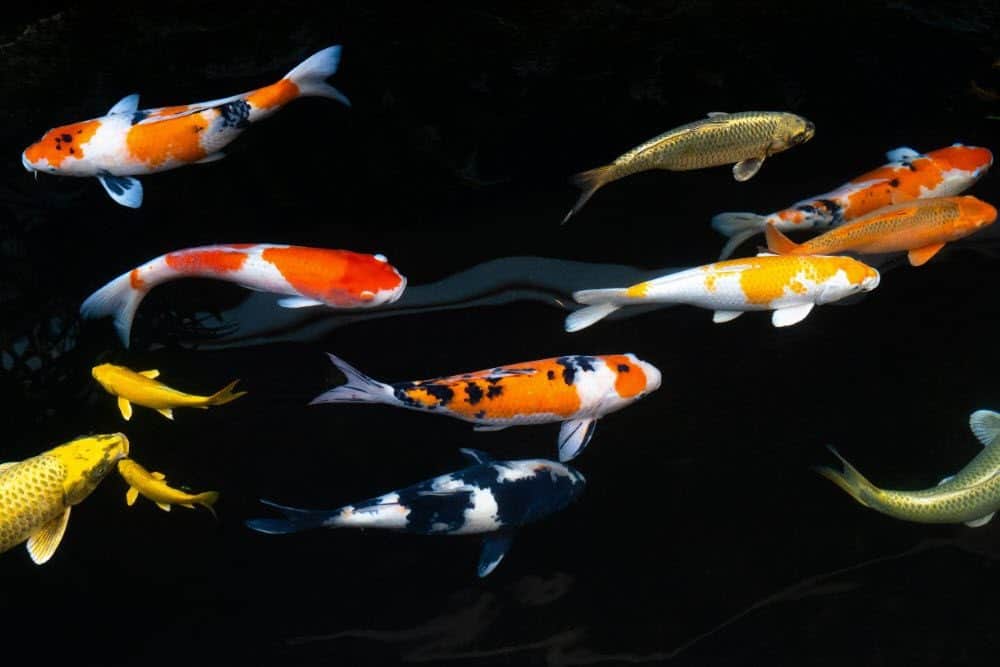
As symbols of strength, perseverance, and fulfilling one's destiny, Koi have gained a permanent place in our human story. They've come to mean far more than most other fish.
Perhaps that's why Koi are so valuable today. Rumor has it that collectors and breeders sell the most striking koi fish for hundreds of thousands of dollars!
Whether or not that's true, it would be hard to deny how enchanting koi fish are. These bright and colorful creatures have captured our imaginations for centuries, and it's impossible to deny their symbolic beauty.


